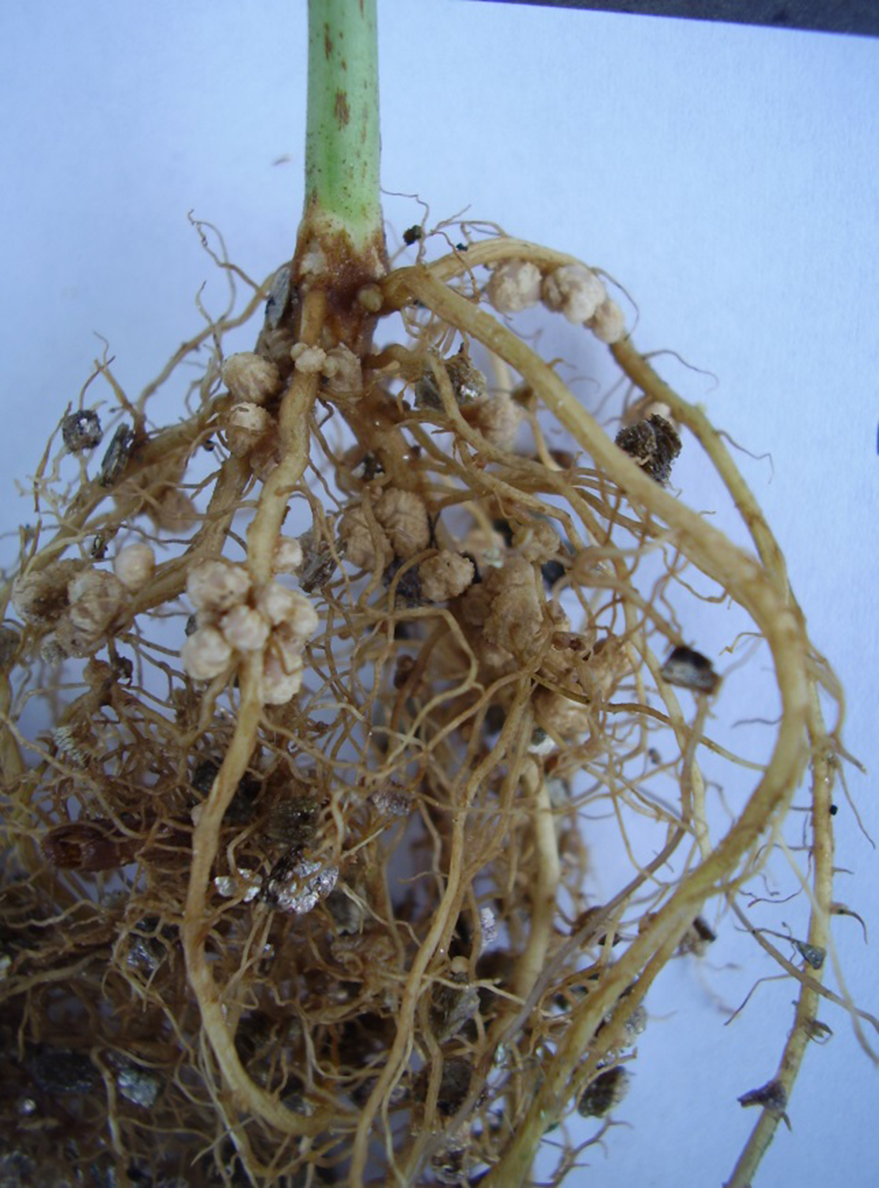Current knowledge and future prospects of lima bean (Phaseolus lunatus)-rhizobia symbiosis
Palabras clave:
BNF-eficiencia, Phaseolus, diversidad de rizobiosResumen
Lima bean (Phaseolus lunatus) is an important species of the genus Phaseolus for human consumption in tropical regions. The seeds are important source of protein for people from South America, Africa and Mexico. In addition, as a legume plant, lima bean presents the ability to perform the biological nitrogen fixation (BNF) through the symbiosis with nitrogen-fixing bacteria. The studies about diversity and efficiency of lima bean-rhizobia symbiosis have increased worldwide, mainly in Latin America. These studies have shown Bradyrhizobium and Rhizobium as the main symbionts, although Sinorhizobium, Mesorhizobium and Allorhizobium have been found associated with lima bean. Also, there is a large variation in the efficiency of N fixation by the current isolates of rhizobia and some rhizobia have presented high capability for fixing N. This review aims to explore the studies about diversity and efficiency of rhizobia in symbiosis with lima bean.

Descargas
Publicado
Número
Sección
Licencia
Aquellos autores/as que tengan publicaciones con esta revista, aceptan las Políticas Editoriales.



